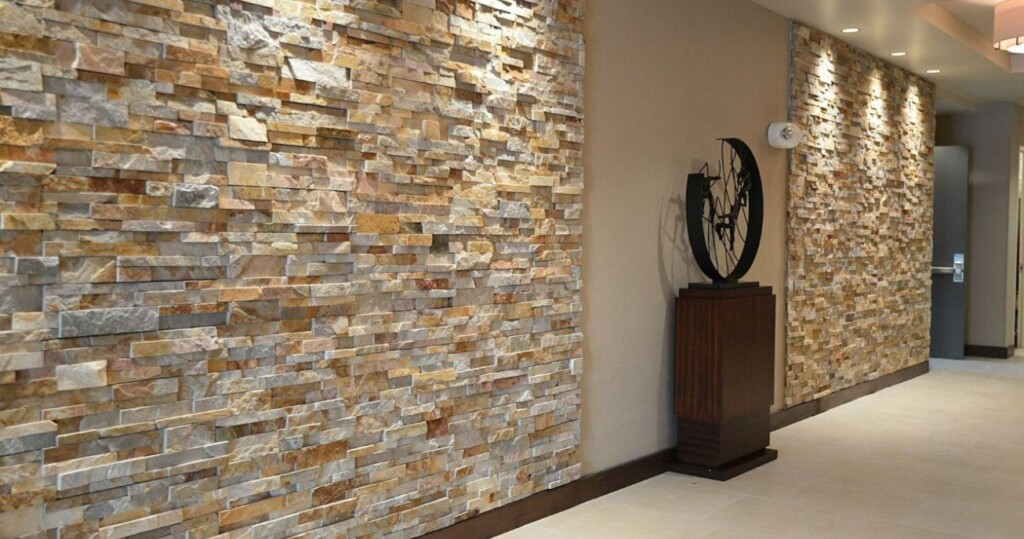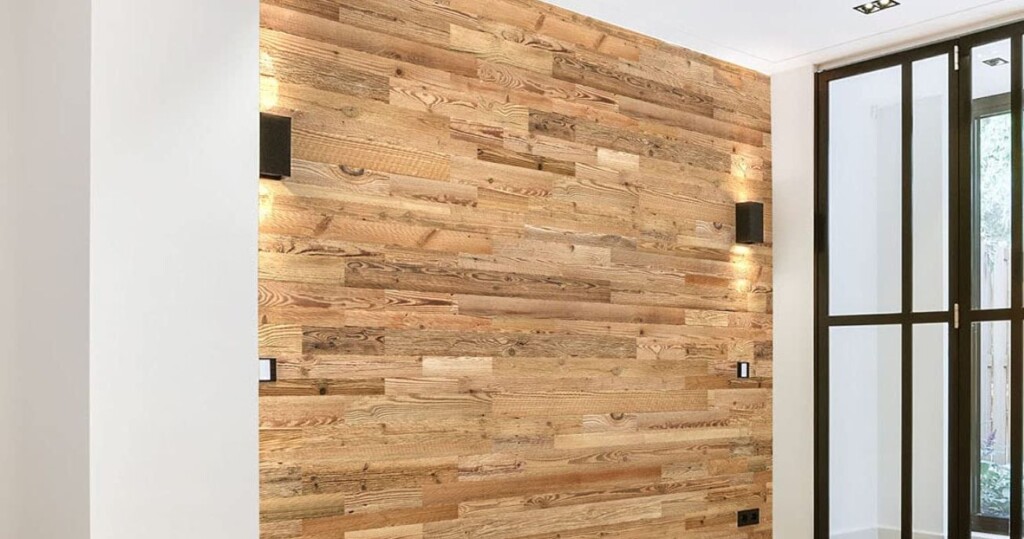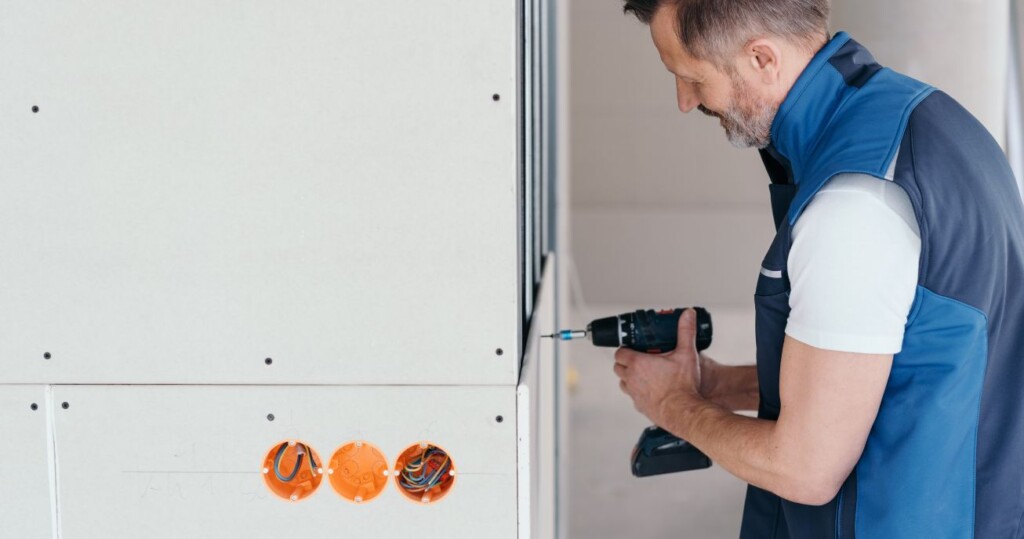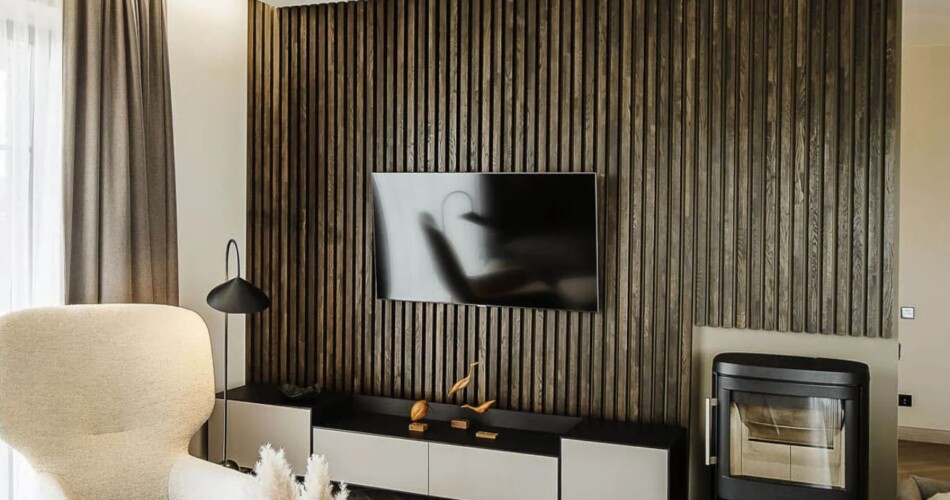Introduction
Wall cladding isn’t just a functional part of building construction; it’s a key element in defining the appearance and durability of your home. In Dubai, where the architecture can range from ultra-modern skyscrapers to traditional villas, the right cladding can make a significant difference. As more homeowners and developers opt for cladding, it’s essential to understand why it’s becoming a popular choice.
One of the main reasons wall cladding is so popular in Dubai is its ability to protect buildings from the harsh Middle Eastern climate. The intense sun and occasional sandstorms can wear down traditional exteriors quickly. Cladding offers a protective layer that helps shield the underlying structures from weather-related damage. Additionally, it provides an extra layer of insulation, which can be crucial for managing indoor temperatures and reducing energy costs.
Besides its practical benefits, cladding also allows for incredible versatility in design. Whether you’re looking for a modern, sleek look with metal panels or a more natural aesthetic using stone or wood, cladding can meet diverse style preferences. This adaptability makes it an attractive option for many property owners looking to enhance their home’s curb appeal.
As we dive deeper into the world of wall cladding in Dubai, we’ll explore the various materials available, their benefits, and how to choose the right one for your home. Whether you’re building a new property or upgrading an existing one, understanding your options will help you make the best decision for your specific needs.
Why Wall Cladding?

Wall cladding serves more than just an aesthetic purpose; it’s a crucial component in protecting and maintaining the integrity of your home. In Dubai, where the environmental conditions can be extreme, the right cladding can significantly extend the lifespan of your building. Here are some key reasons why wall cladding is an essential consideration for any homeowner in the region:
Protection from the Elements: Dubai’s climate poses unique challenges to buildings. The intense UV rays, sand-laden winds, and high temperatures can deteriorate conventional building materials quickly. Wall cladding acts as a shield, protecting the walls from these harsh conditions. Materials like metal, stone, and specialized composites are particularly effective at resisting these environmental factors and can help maintain the structure’s appearance and strength over time.
Improved Insulation: Another significant advantage of wall cladding is its ability to improve insulation. Proper insulation is vital in Dubai to keep cooling costs manageable and make indoor spaces more comfortable. Cladding materials often have inherent properties that enhance thermal insulation. For example, wood and fiber cement are known for their excellent insulative qualities, helping keep buildings cooler in summer and reducing the reliance on air conditioning.
Enhanced Aesthetics: Cladding is one of the most effective ways to boost a home’s visual appeal. With a range of materials and finishes available, homeowners can choose options that best fit their architectural style and personal taste. Whether it’s the rustic charm of wood, the rugged allure of stone, or the sleek finish of metal, wall cladding can be the defining feature of a home’s exterior.
Increased Property Value: Investing in high-quality wall cladding can also increase the market value of a property. Homes with durable and visually appealing exteriors are more attractive to potential buyers and can command higher prices in the real estate market. This makes cladding a wise investment for those looking to enhance their property’s value.
Wall cladding offers a combination of durability, aesthetic versatility, and energy efficiency, making it a popular choice for residential and commercial properties alike in Dubai. In the following sections, we will delve deeper into the different types of cladding materials available and how to choose the best one for your needs.
Types of Wall Cladding Materials

Choosing the right material for wall cladding is crucial, as each type offers distinct advantages and characteristics. In Dubai, the selection must consider factors like durability, maintenance, and how well it fits with the local climate. Here’s a breakdown of some popular cladding materials:
Stone Cladding: Stone is a favorite for those seeking a combination of traditional elegance and robust durability. It naturally resists the harsh sun and heat of Dubai, maintaining its coolness in intense temperatures. Stone cladding comes in various types such as granite, slate, and limestone, each adding a unique texture and color to building exteriors. While stone can be more expensive and heavier, requiring strong structural support, its longevity and minimal maintenance needs make it a cost-effective choice in the long run.
Vinyl Cladding: For homeowners looking for an affordable yet versatile option, vinyl cladding is an excellent choice. It’s available in a wide range of colors and styles, making it easy to achieve a desired look. Vinyl is also lightweight, easy to install, and requires little maintenance other than occasional cleaning. However, it’s worth noting that while vinyl performs well in many climates, it may not be as durable as other materials under extreme heat over long periods.
Wood Cladding: Wood adds warmth and a natural aesthetic that is hard to replicate with synthetic materials. It’s particularly popular in residential areas where a homely and inviting look is desired. Different types of wood like cedar, teak, and redwood are commonly used, each offering varying levels of durability and resistance to rot and insects. In Dubai, it’s essential to treat wood cladding with sealants and perform regular maintenance to protect it from the dry, hot climate.
Metal Cladding: Metal, particularly aluminum and steel, is known for its modern appearance and excellent durability. It’s highly resistant to fire and pests and can withstand Dubai’s heat without warping. Metal cladding often comes with finishes that reflect heat, which can significantly reduce cooling costs. It’s also recyclable, appealing to environmentally conscious builders and homeowners.
Fiber Cement Cladding: This composite material is made from cement, sand, and cellulose fibers. It combines the appearance of wood or stone with enhanced durability and fire resistance. Fiber cement is particularly suited to Dubai’s climate as it can withstand high temperatures and humidity without deteriorating. It’s also resistant to termites and rot, making it a low-maintenance option that can mimic more expensive materials at a lower cost.
Each of these materials offers specific benefits and can be the right choice depending on your particular needs and preferences. When selecting a cladding material, consider not only the aesthetic appeal but also how it will perform in the local environment and over time.
Choosing the Right Material For Wall Cladding

Selecting the right wall cladding material involves balancing several factors to ensure that it meets your practical needs and aesthetic desires. Here’s how you can make an informed decision:
Climate Compatibility: The primary consideration in Dubai should be the material’s ability to withstand the local climate. Materials should be able to handle high temperatures and exposure to UV rays without degrading. For example, metal and stone are excellent choices for their durability in harsh conditions, whereas wood may require more maintenance to preserve its appearance and structure.
Maintenance Needs: Consider how much time and effort you are willing to invest in maintaining the cladding. Some materials like vinyl and fiber cement offer the advantage of being low maintenance, only needing occasional cleaning to keep them looking good. In contrast, materials like wood may need regular treatments with sealants and anti-pest treatments to maintain their condition.
Cost: Budget is always an important factor. Materials like stone and high-quality metals can be expensive upfront but are cost-effective over time due to their longevity and minimal maintenance requirements. On the other hand, materials like vinyl provide a more budget-friendly option with a good balance of cost and durability.
Aesthetic Preferences: The appearance of the cladding should complement the architectural style of your home and your personal taste. Whether you prefer the modern sheen of metal, the natural beauty of wood, or the classic elegance of stone, the material should align with the overall design vision of your property.
Balancing These Factors: Finding the right cladding material often means finding a balance between these factors. For instance, if long-term durability and low maintenance are your priorities, stone or metal might be the best choices. However, if budget constraints are significant, then materials like vinyl or fiber cement could provide a satisfactory compromise between cost, appearance, and performance.
When choosing wall cladding, it’s also wise to consult with a professional. They can provide insights specific to your property’s needs and the local environment, ensuring that your investment is sound and that the installation process goes smoothly.
Wall Cladding Installation Tips

Proper installation of wall cladding is as crucial as choosing the right material. Poorly installed cladding can lead to problems like water leakage, reduced insulation, and even structural damage over time. Here are some key tips to ensure that your wall cladding is installed effectively:
Choose the Right Professionals: Always opt for skilled and experienced contractors who specialize in cladding installations. Their expertise ensures that the cladding is fitted correctly and securely, which is essential for both the longevity and effectiveness of the material. Check their past projects, reviews, and ask for references to gauge their reliability and quality of work.
Prepare the Surface: Before installation, make sure that the surface where the cladding will be installed is smooth, clean, and free of any defects. Any irregularities can affect the alignment and attachment of the cladding panels, which might compromise the cladding’s performance and appearance.
Consider Weather Conditions: In Dubai, the intense heat can affect the installation process, especially for materials like vinyl that might expand in heat. Scheduling the installation during cooler parts of the day or in milder weather can prevent premature drying or expansion of materials.
Use Quality Fixtures and Sealants: The fasteners, adhesives, and sealants used should be of high quality and suitable for the specific cladding material and the local climate. This ensures a secure fit and prevents issues like corrosion, loosening, or water ingress, which are crucial in maintaining the integrity of the cladding.
Check for Ventilation and Moisture Control: Proper ventilation is necessary to avoid the buildup of moisture behind the cladding, which can lead to mold and structural damage. Ensure that there is a mechanism for moisture escape and air circulation, especially in materials that are more susceptible to moisture like wood.
Follow Manufacturer’s Guidelines: Each type of cladding material comes with specific installation instructions from the manufacturer. Adhering to these guidelines is essential for warranty considerations and to ensure that the cladding performs as expected.
Properly installed wall cladding not only enhances the aesthetic appeal of your home but also contributes to its safety and energy efficiency. Taking these steps seriously helps ensure that the cladding serves its purpose effectively throughout its intended lifespan.
Maintaining Your Wall Cladding

To ensure that your wall cladding remains in excellent condition and continues to protect your home effectively, regular maintenance is crucial. Different materials require different care approaches, but here are some general tips that apply to most cladding types:
Regular Cleaning: Keep the cladding clean by washing it periodically with a mild detergent and water. This not only maintains its appearance but also prevents the build-up of dirt and grime that can sometimes lead to damage. For most materials, a soft brush or cloth and a gentle hose down are sufficient. Avoid using harsh chemicals or high-pressure washers, which can damage the cladding surface.
Inspect Regularly: At least twice a year, inspect your cladding for any signs of damage, such as cracks, warping, or discoloration. Early detection of these issues can prevent them from worsening and leading to more extensive repairs. Pay particular attention to areas around joints and edges where water infiltration is more likely.
Repair Promptly: If you find any damage during your inspections, arrange for repairs as soon as possible to prevent further deterioration. Depending on the material, this might involve replacing sections of the cladding, filling cracks, or reapplying sealants.
Protect from Physical Damage: Be mindful of activities around your home that could damage the cladding. For example, avoid hitting the cladding with gardening tools or heavy equipment. Also, ensure that landscaping does not allow vegetation to grow too close to the cladding, as this can retain moisture and promote rot.
Follow Specific Material Guidelines: Each type of cladding material may have specific maintenance needs:
- Stone Cladding: Occasionally reseal the stone to maintain its resistance to moisture and stains.
- Wood Cladding: Treat with wood preservatives or repaint periodically to maintain its weather resistance and appearance.
- Metal Cladding: Check for and treat any signs of rust or corrosion, especially in salty environments.
- Vinyl and Fiber Cement Cladding: These materials are low maintenance but check for any loose panels and ensure that seals are intact.
Maintaining your wall cladding not only keeps your home looking good but also extends the life of the materials, ensuring they continue to protect your home for years to come. With proper care, your cladding can remain a functional and aesthetic asset, enhancing the overall value of your property.
Conclusion
Choosing the right wall cladding for your home in Dubai is more than just a matter of style—it’s an investment in your property’s future. With the right material and proper installation, cladding can enhance your home’s aesthetic appeal, increase its market value, and provide a shield against the harsh local climate. By understanding the different materials available and considering factors like durability, maintenance, and cost, you can make an informed decision that suits your needs and preferences.
Wall cladding not only beautifies your home but also adds a layer of protection and insulation, making your living space more comfortable and energy-efficient. As we’ve explored, each material offers unique benefits, so consider what matters most to you in terms of appearance, performance, and upkeep.
How KKitchens Can Help You
If you’re considering adding or upgrading wall cladding in your home, Kay Kitchens is here to help. With a deep understanding of both the functional and decorative aspects of wall cladding, we ensure that each design complements the overall aesthetics of your space. We offer a vast selection of wall cladding materials, finishes, and patterns, allowing you to choose a style that perfectly aligns with your personal preferences and enhances your home’s appeal.
At Kay Kitchens, we source only the highest quality materials for our wall cladding designs, ensuring durability and longevity. Whether you prefer the natural elegance of stone, the warmth of wood, or the modern flair of metal and glass, we have the expertise to bring your vision to life. Our team of professionals will guide you through every step of the process, from concept to installation, providing expert advice and recommendations to achieve the desired look and functionality.
Don’t wait to transform your home with exceptional wall cladding. Contact Kay Kitchens today and let us exceed your expectations with our outstanding design and installation services. Visit our gallery to find inspiration and discover how we can enhance your home’s beauty and value with our wall cladding solutions!





